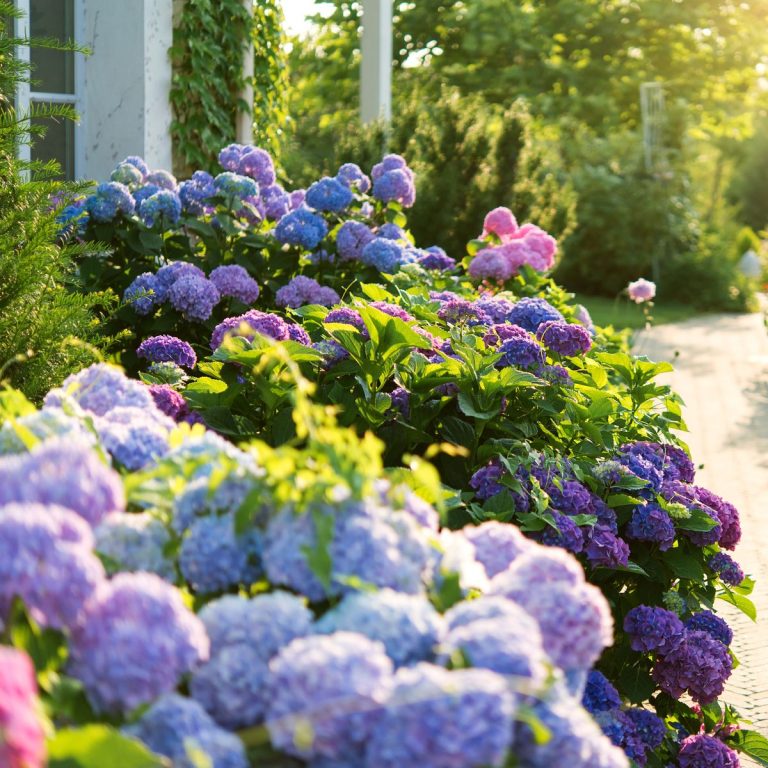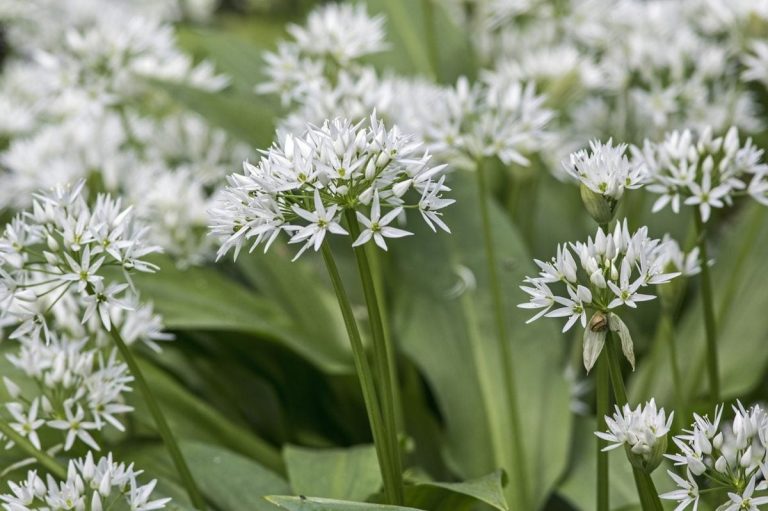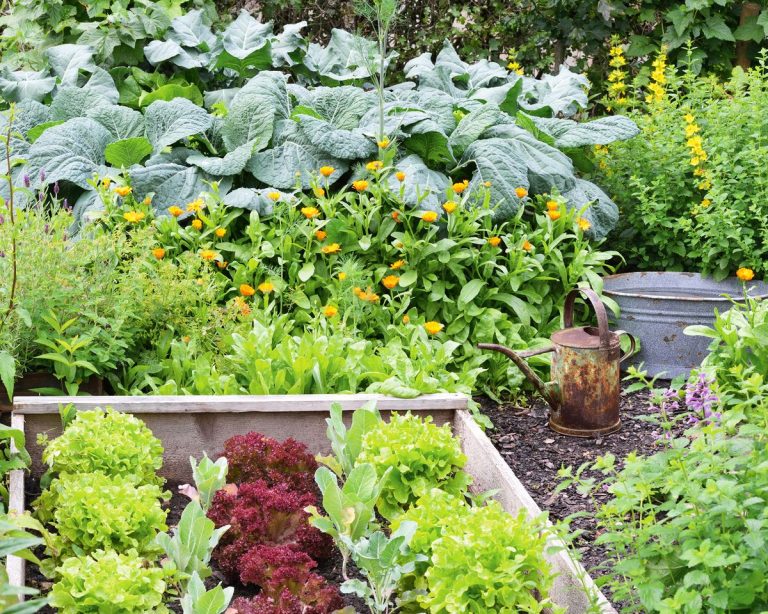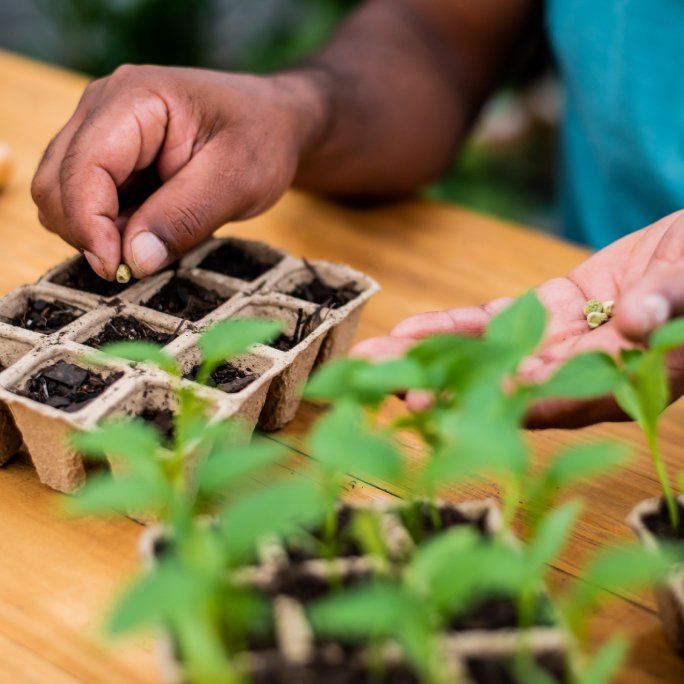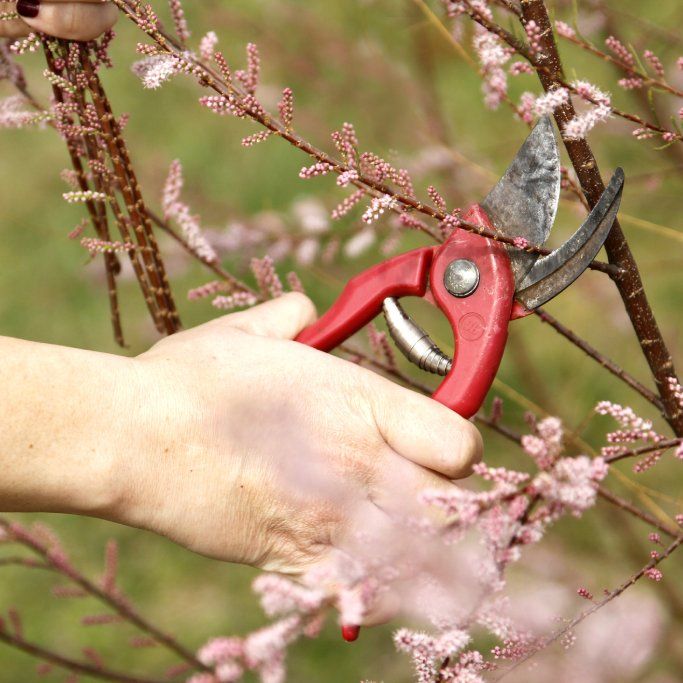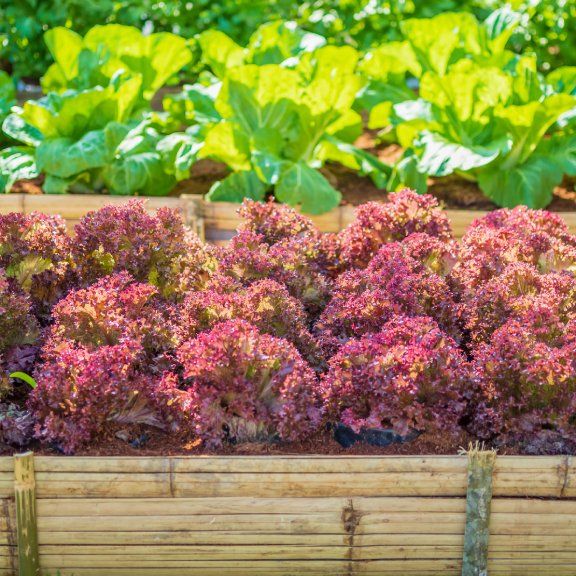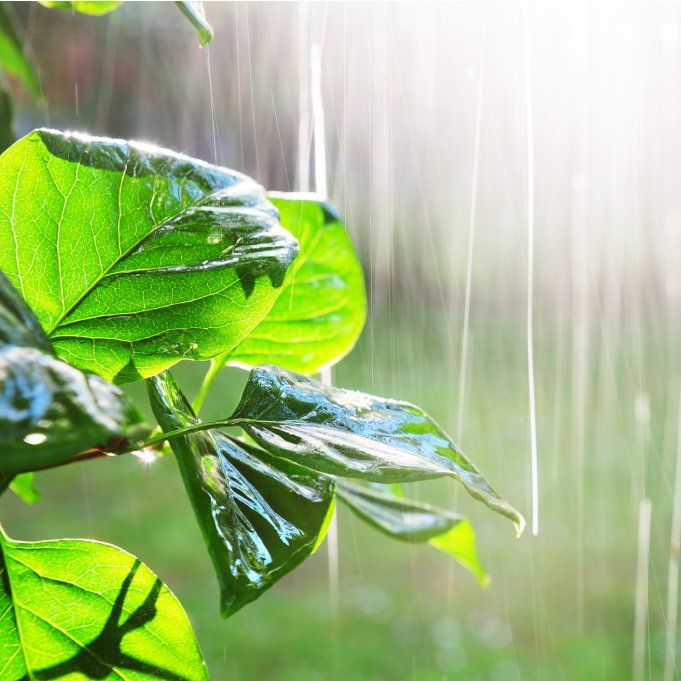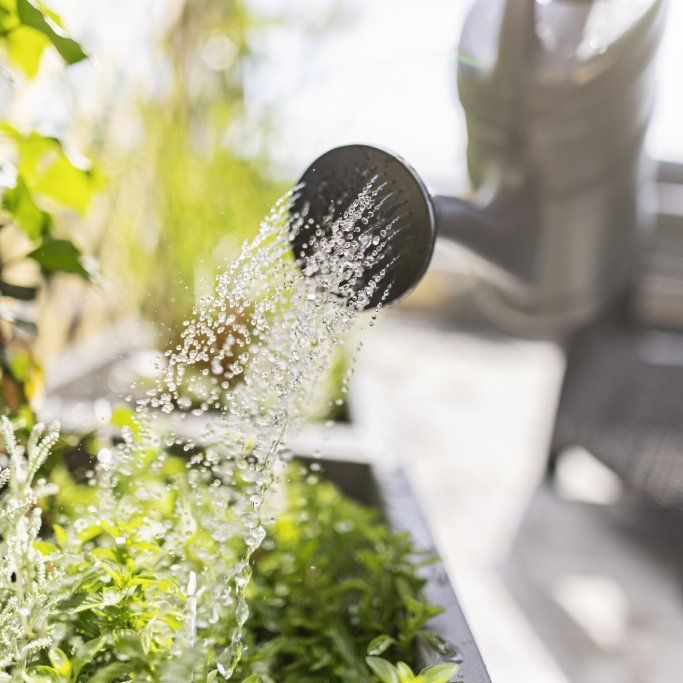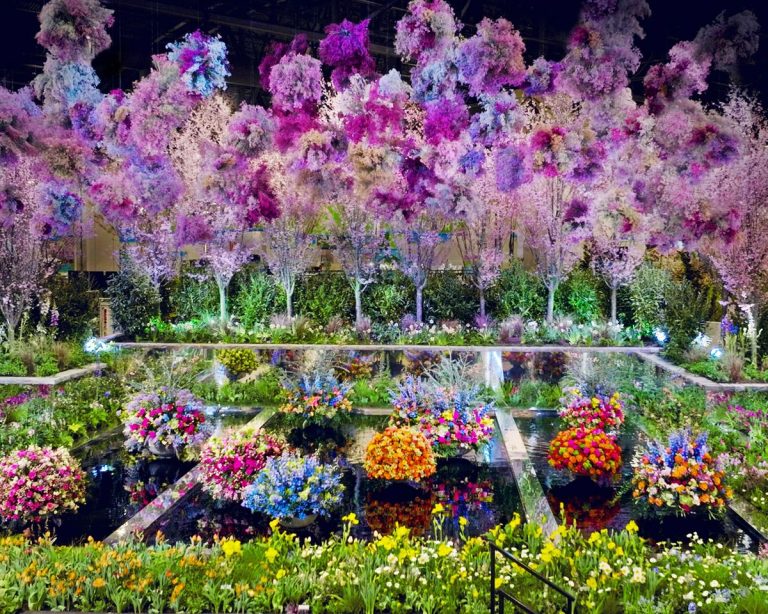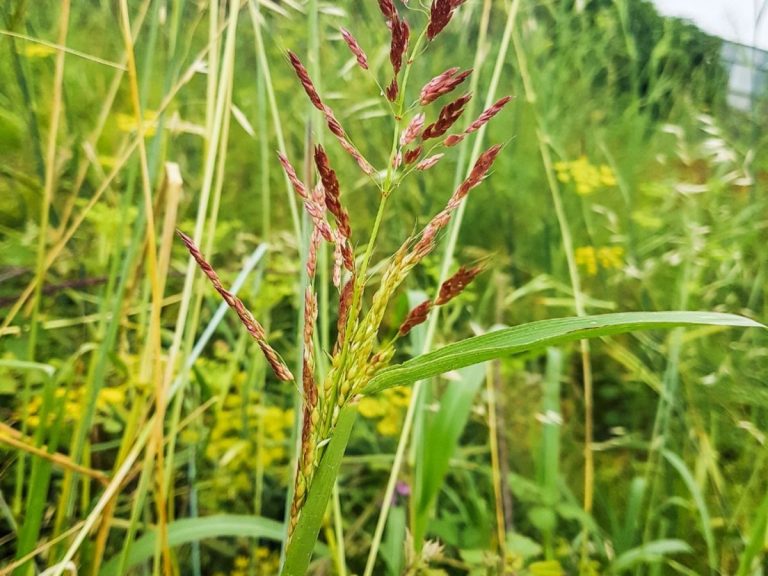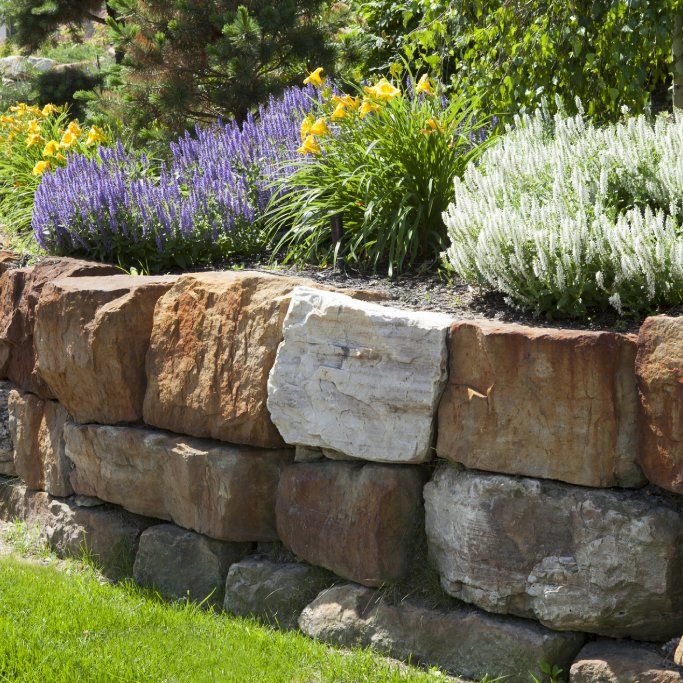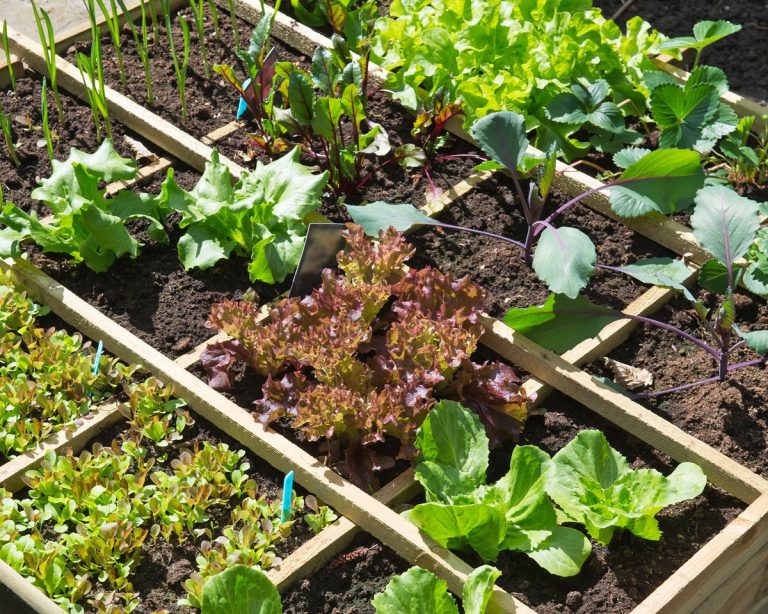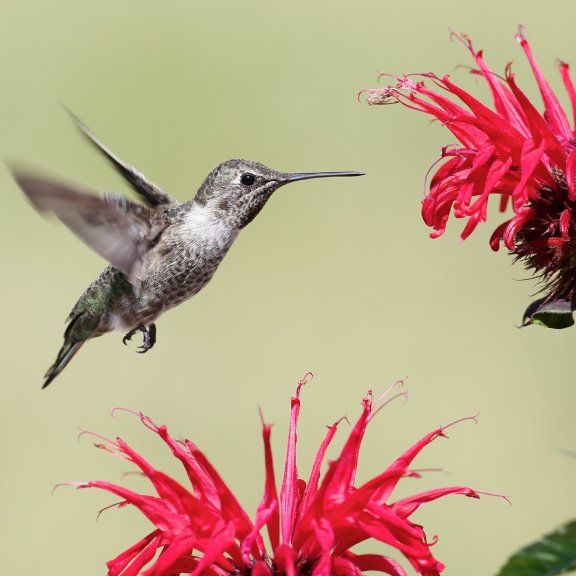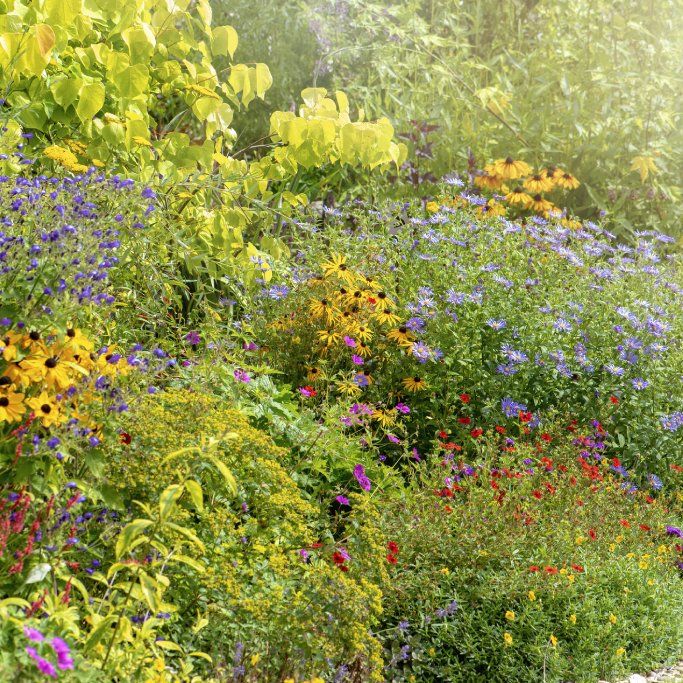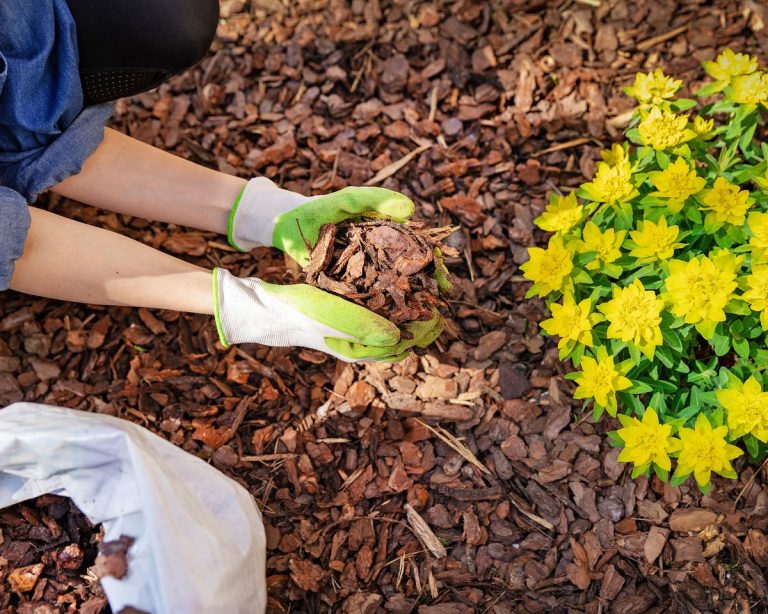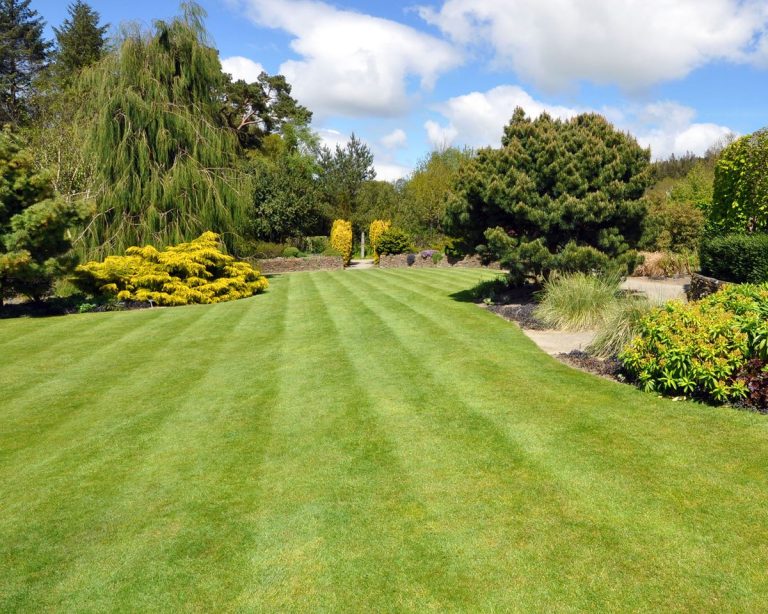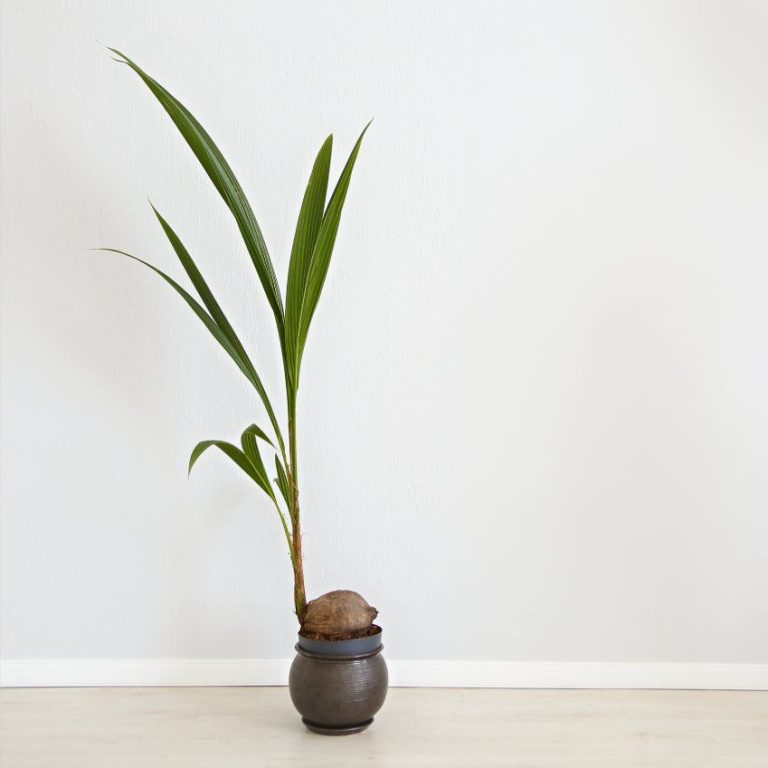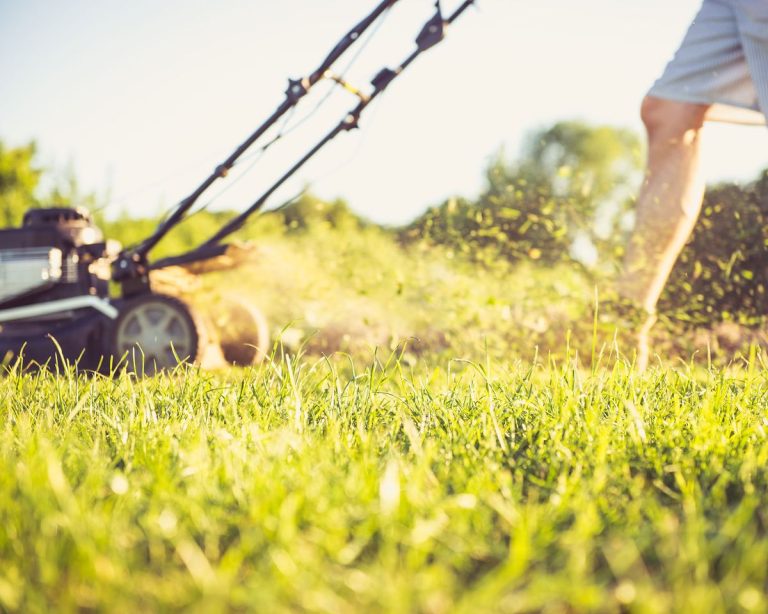[ad_1]
Hydrangeas are versatile shrubs that can thrive almost anywhere, including in most growing zones. These beloved bushes boast elegant blooms in a variety of colors and shapes. They also come in several sizes and growing habits, making hydrangeas suitable for many locations in the landscape.
With so many variables, it can be hard to find the right one for your space. But as any good gardener knows, cold hardiness is the final deciding factor. That’s why we’ve made it simple for you and compiled a list of the best hydrangeas by zone.
Whether you’re looking for the best heat tolerant hydrangeas or the best hydrangea for cold climates, we’ve researched which ones are ideally suited to your growing zone.
What Zone Do Hydrangeas Grow In?
Planting zones for different hydrangea varieties range from USDA hardiness zones 3 through 9. Some grow on new wood, some on old wood, and some grow on a combination of both.
This is important because if you live in a cold climate and plant a hydrangea that blooms on old wood, it will almost never bloom. So save yourself the heartache, the aggravation, and the money. Plant the right hydrangea for your hardiness zone.
Best Hydrangea by Growing Zone
Whether you’re looking for the best heat tolerant hydrangeas or the best hydrangeas for cold climates, here are the ideal varieties by hardiness zone:
Hydrangeas for Zones 3 and 4
Gardeners looking for zone 3 hydrangea varieties have the unique challenge of finding plants that can tolerate extremely cold winter temperatures down to -40 F (-40 C). Zone 4 reaches average winter temperatures down to -30 F (-34.4 C).
This means that zone 4 hydrangea varieties are largely the same as zone 3 options. Luckily, there are many different types of hydrangeas that can thrive in these harsh growing zones.
The best hydrangeas for cold climates are PeeGee hydrangeas and smooth hydrangeas. Both of these varieties bloom on new wood, so there’s no need to worry about freezing winter temperatures killing off flower buds.
(Image credit: Photo credit John Dreyer / Getty Images)
Panicle hydrangeas, also known as PeeGee hydrangeas, come in a wide array of colors, shapes, and sizes. ‘Quick Fire’ is a pretty panicle hydrangea with airy blooms that begin white then fade to dusty rose in late summer to fall.
Smooth hydrangeas, which are native to North America, are especially equipped to withstand the cold winters of zones 3 and 4. ‘Annabelle’ is a popular cultivar that provides a summer-long display of large, snowball-like blooms.
(Image credit: mladris01 / Getty Images)
Hydrangeas for Zone 5
If you’re looking to grow a hydrangea in zone 5, you have many more options than gardeners in zones 3 and 4. While average winter lows of -20 F (-28.9 C) still seem frigid, several hardy hydrangea varieties can tolerate those temperatures.
(Image credit: igaguri_1 / Getty Images)
Oakleaf hydrangeas, another North American native, are hardy to zone 5. Their long clusters of white blooms look beautiful in the late summer garden. And once the floral display is done, the show continues in fall when their large, oak-like leaves turn a deep blood red hue.
Hydrangeas for Zone 6
With winter temperatures that drop to -10 F (-23.3 C) on average, zone 6 gardeners still need to choose hardy hydrangea varieties to ensure reliable blooming.
Many bigleaf hydrangeas (hydrangea macrophylla) are technically hardy to zone 6, but depending on winter weather and planting location they may not bloom. Bigleaf hydrangeas planted closer to the house or in sheltered areas are more likely to bloom in this growing zone.
Your best bet for big blooms every year is a hardy panicle hydrangea. These are ideal zone 6 hydrangeas. And with so many cultivars to choose from you can find almost anything to suit your space, including hydrangea trees.
(Image credit: OlyaSolodenko / Getty Images)
‘Vanilla Strawberry’ is a common cultivar available in tree form. Blooms start out ivory then blush to bright pink as summer progresses.
Hydrangeas for Zone 7
Zone 7 gardeners can safely grow bigleaf hydrangeas with almost no worries about flower buds freezing over winter. For a classic look, go for the mophead hydrangea.
To get a nonstop display of beautiful blooms, try an Endless Summer hydrangea. These bushes bloom on both new and old wood, which means they are suitable for colder regions like zones 4-6 as well.
(Image credit: Preappy / Getty Images)
‘BloomStruck’ is truly striking with huge clusters of blue to purple flowers or magenta blooms, depending on soil pH. With above average heat tolerance as well as winter hardiness, it is the perfect zone 7 hydrangea.
Hydrangeas for Zone 8
There are many zone 8 hydrangea varieties that gardeners in warmer climates can add to their landscapes. One lovely choice is the lacecap hydrangea. Though these shrubs are technically bigleaf hydrangeas, their airy and romantic blooms have a very different look from the traditional hydrangea flower.
(Image credit: imageBROKER/Angela to Roxel / Getty Images)
‘Pop Star’ is another reblooming hydrangea that provides months of lacy flowers in either electric blue or bright pink, depending on soil acidity.
Hydrangeas for Zone 9
If you’re looking to grow a hydrangea in a tropical climate, like in parts of zone 9 and beyond, you need to find a hydrangea that can handle the heat.
The word “hydrangea” comes from the Greek for “water vessel” because these shrubs love water. When choosing a zone 9 hydrangea, you must account for their water needs in relation to the heat and drought in your area.
Luckily, there are drought and heat tolerant hydrangeas to suit your purpose. Oakleaf hydrangeas are not only great for cold climate gardens, but warm climate gardens as well. In fact, they are native to the Southeastern U.S. which means they are right at home in many zone 9 gardens.
[ad_2]

